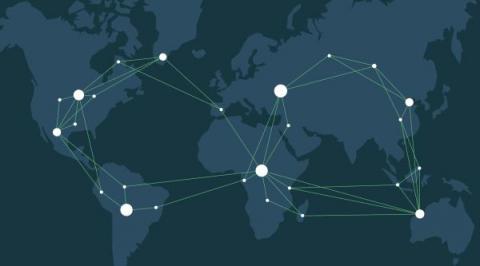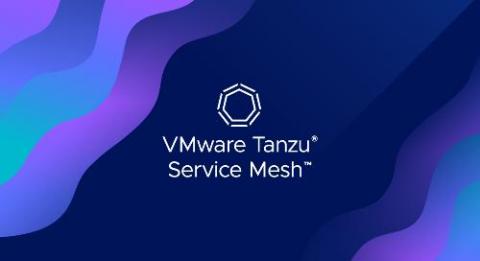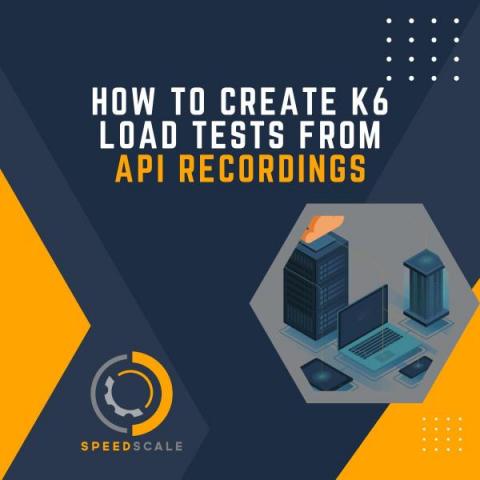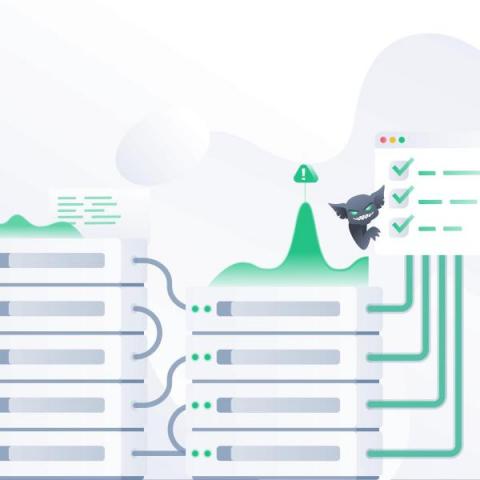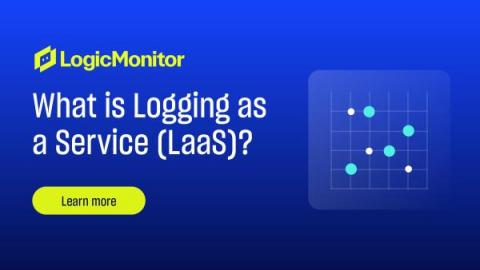DevOps for enterprises
Development operations (DevOps) combines best practices, cultural transformation, and tools to improve your organization’s software development and delivery velocity. Teams can employ DevOps regardless of an organization’s size and continuously deliver new software features, updates, and patches to enhance software quality and customer experiences.


